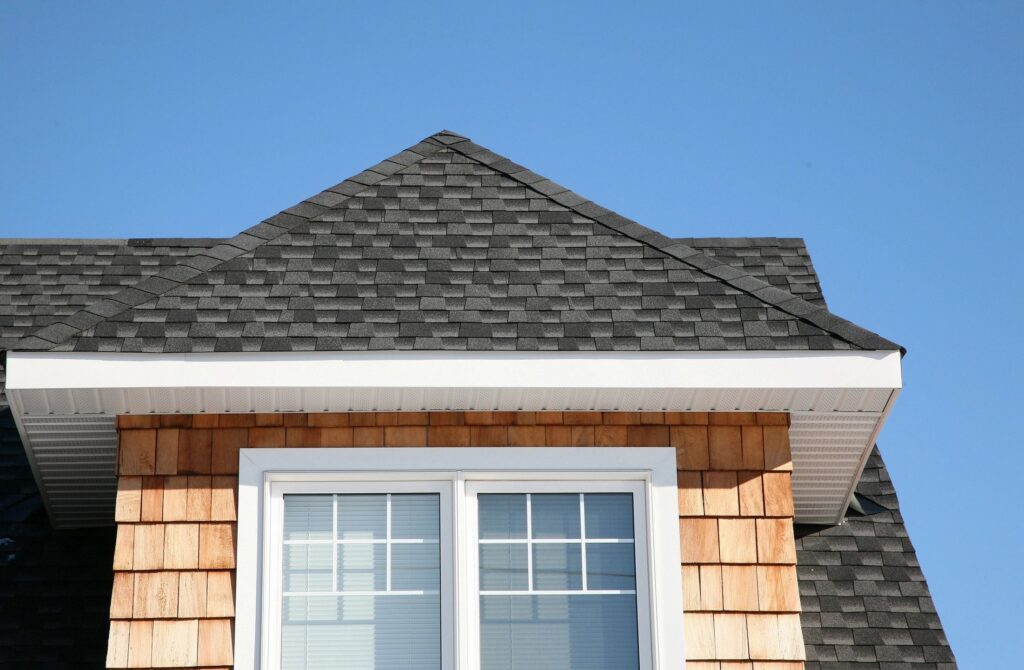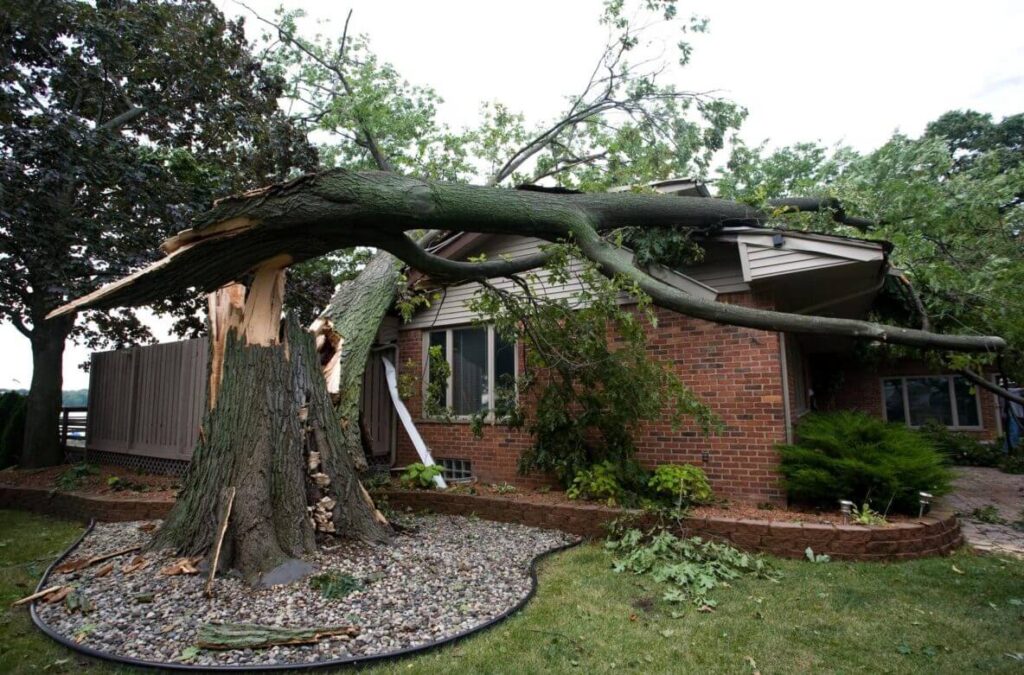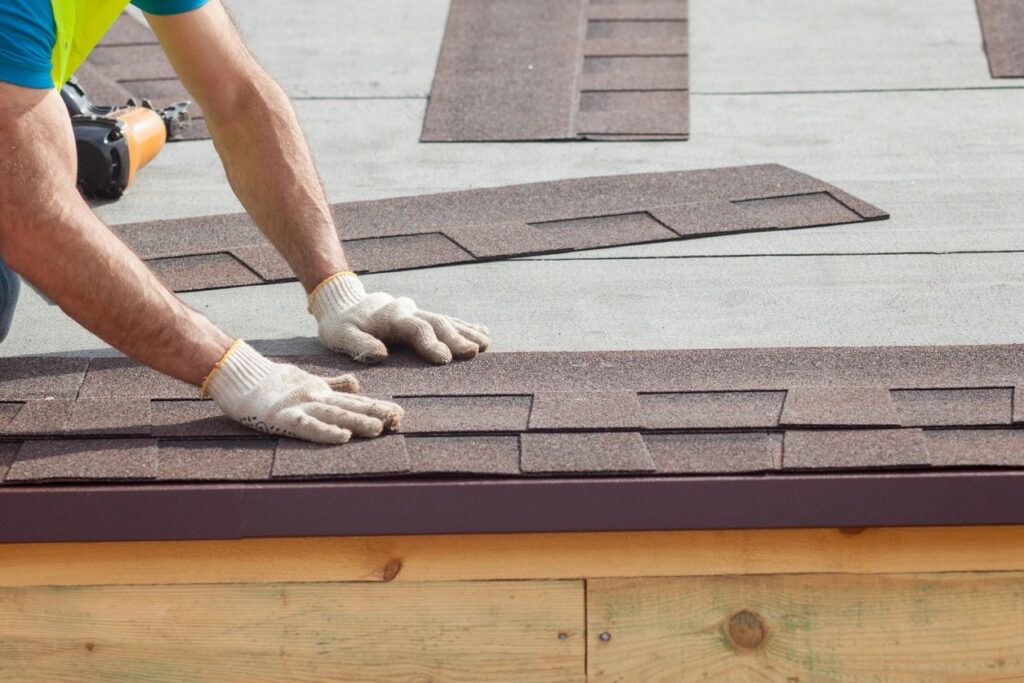Dallas-Fort Worth’s hot and humid climate can impact roof longevity, highlighting the importance of weather-resistant materials and comprehensive roofing warranties to combat environmental effects.
The intense heat and high moisture levels in the air can accelerate the degradation of roofing materials, leading to potential leaks, mold growth, and structural damage. As a result, homeowners and property owners need to prioritize weather-resistant roofing options, such as asphalt shingles, metal roofing, or clay tiles, which are better equipped to withstand the harsh climate conditions in the region.
Furthermore, roofing warranties that provide coverage for a longer duration and encompass a more comprehensive range of potential issues are crucial in ensuring long-term protection and peace of mind for property owners facing the challenges of maintaining their roofs amidst the climatic impact.

What Factors Affect the Lifespan of a Roof?
The lifespan of a roof is influenced by various factors, including the type of roofing materials used, the frequency of maintenance, and the environmental effects on the structure.
Quality roofing materials play a significant role in determining the longevity of a roof. Roofing materials like asphalt shingles, metal, clay tiles, and slate each have unique characteristics that impact their durability. For instance, asphalt shingles may last 20-30 years, while metal roofs can last 40-70 years.
Proper maintenance, such as regular inspections, clearing debris, and promptly addressing any damage, can prolong a roof’s lifespan. Environmental factors such as sun exposure, extreme temperatures, and heavy rain or snow can accelerate wear and tear on roofing materials, necessitating roof repairs or replacements.
How Does Climate Affect Roof Lifespan?
Climate plays a significant role in determining a roof’s lifespan, with weather-resistant roofing materials being essential for durability and resilience against environmental elements.
Extreme weather conditions such as heavy rainfall, snow, and intense sunlight can cause accelerated weathering of traditional roofing materials, leading to degradation and structural damage. Investing in impact-resistant and UV-protective coatings is crucial to shield roofs from the detrimental effects of climate, ensuring prolonged functionality and reduced maintenance costs.
Incorporating proper insulation and ventilation can help regulate temperature variances, minimizing the impact of extreme weather on the roof’s integrity.
What Is the Average Roof Lifespan in the Dallas-Fort Worth Metroplex?
In the Dallas-Fort Worth Metroplex, the average roof lifespan reflects the regional climate and the expertise of roofing contractors, as indicated by relevant roofing lifespan statistics.
According to National Roofing Contractors Association data, roofs in this area typically last between 15-20 years. The extreme weather conditions, including hail storms and high winds, can accelerate wear and tear on roofs, making regular maintenance essential for longevity.
Roofing contractors in Dallas-Fort Worth play a critical role in ensuring the durability of roofs. Their expertise in utilizing materials suitable for the regional climate, such as impact-resistant shingles and proper ventilation systems, significantly impacts the longevity of roofs.

How Does the Occasional Hail and Windstorms Affect Roof Lifespan in Dallas-Fort Worth?
Occasional hail and storm damage in Dallas-Fort Worth pose challenges for roofs, necessitating regular inspections and prioritizing wind-resistant materials to mitigate potential damage.
These natural phenomena can wreak havoc on roofs, causing significant damage that may compromise the structural integrity of a building. The force of hail impacts and the powerful gusts of wind can lead to shingle dislodgment, cracks, and even punctures on the roof surface. This highlights the importance of utilizing wind-resistant materials in roofing construction, such as impact-resistant shingles and reinforced underlayment, to safeguard against potential harm.
Regular roof inspections by qualified professionals are essential in identifying and addressing weaknesses or vulnerabilities. This proactive approach allows timely repairs or replacements to mitigate the risk of extensive damage and costly restoration. By adhering to a recommended inspection frequency, homeowners can ensure that their roofs remain in optimal condition, enhancing their resilience to extreme weather events.
How Does Regular Maintenance and Repairs Affect Roof Lifespan?
Regular maintenance and timely repairs are crucial in preventing roof deterioration, with professional guidance from companies like Watson’s Roofing & Construction offering comprehensive roofing maintenance guides.
Ensuring your roof receives regular maintenance can extend its lifespan and help avoid costly issues. Regarding repairs, promptly addressing minor problems is essential to prevent them from developing into more significant, expensive issues.
Reputable contractors like Watson’s Roofing & Construction emphasize the significance of proactive roofing maintenance, including inspecting for leaks, replacing damaged shingles, and clearing debris from gutters. By following these guidelines, homeowners can preserve the integrity of their roofs and ensure the safety and comfort of their families.
What Are the Signs of an Aging Roof?
Recognizing the signs of an aging roof is essential for homeowners, as it allows for timely intervention to address potential damage and assess the structural resilience of the property.
Common signs indicating roof damage include missing or cracked shingles, water stains on the ceiling, and sagging or drooping areas. These factors may imply a roof replacement to prevent further structural harm. It’s crucial to prioritize regular inspections and seek professional advice to determine whether roof replacement is necessary, safeguarding the property against potential leaks, mold, and compromised structural integrity.
How do you tell if your roof needs to be replaced?
Determining the necessity of roof replacement involves considering factors such as the replacement cost, the impact of building construction, and the climate’s effects on the property’s structure.
Roof replacement often becomes necessary due to aging materials, damage from severe weather, or the need to upgrade the property’s energy efficiency. The replacement cost can vary depending on the type of roofing materials chosen, the roof size, and the complexity of the installation process. It’s essential to weigh the initial expenditure against the long-term benefits of a new roof, including improved insulation, reduced maintenance costs, and increased property value.
Considerations about the construction impact involve evaluating how the replacement process may disrupt daily activities and affect the structural integrity of the building. The climate’s influence on the roof’s condition, such as exposure to extreme temperatures, high humidity, or heavy precipitation, should also be factored in when determining the appropriate timing for replacement.
What Are the Common Roofing Materials and Their Lifespan?
Common roofing materials such as asphalt shingles, metal roofing, and clay tiles vary in terms of lifespan and durability, catering to diverse preferences and property requirements.
Asphalt shingles, the most popular choice, offer a 15-30-year lifespan and are cost-effective, making them a common choice for residential properties. On the other hand, metal roofing provides exceptional durability, lasting 40-70 years, and is known for its resistance to extreme weather conditions.
Clay tiles, with a lifespan of 50-100 years, offer a luxurious and aesthetic appeal, but they are typically heavier and require sturdy roof support.
Understanding the characteristics of these roofing materials is essential for homeowners and property developers when considering durability, maintenance, and aesthetics. Each material has unique advantages, and the selection often depends on climate, budget, and desired lifespan.

How do you extend the lifespan of your roof?
Extending the lifespan of your roof involves implementing effective maintenance practices, leveraging comprehensive roofing maintenance guides, and addressing the potential impact of environmental effects on property durability.
Maintenance is vital to extending the longevity of your roof. Regular roof inspections can help identify and address minor issues before they escalate. Clear debris, trim overhanging branches, and clean gutters to prevent water buildup and potential damage. Using durable, environmentally friendly materials can also contribute to sustainability and reduce the impact of roof replacement on the environment.
By following these tips, you can prolong the lifespan of your roof and minimize environmental effects.
What Are the Best Maintenance Practices for Roofs in Dallas-Fort Worth?
Implementing the best maintenance practices for roofs in Dallas-Fort Worth encompasses proper care techniques, leveraging technological advancements in roofing, and considering the application of protective coatings to enhance resilience.
Regular inspections are crucial in keeping rooftops in top condition in the bustling Dallas-Fort Worth area, where the weather can be unpredictable.
Roofing technology has seen remarkable advancements, with materials designed to withstand the region’s extreme temperatures and occasional severe weather. The application of protective coatings is gaining traction, providing an added layer of defense against the elements, such as UV rays and moisture. Taking advantage of these innovations ensures that roofs remain durable and functional for years, minimizing the need for extensive repairs.
What Are the Most Durable Roofing Materials for the Dallas-Fort Worth Climate?
Identifying the most durable roofing materials for the Dallas-Fort Worth climate involves considering the quality of materials, their weather resistance capabilities, and adherence to roofing industry regulations for optimal performance.
When selecting roofing materials for the Dallas-Fort Worth area, it’s important to prioritize those that can withstand the region’s weather patterns, including intense heat, occasional hailstorms, and heavy rainfall. Quality materials such as metal roofing, slate, and concrete tiles are known for their durability and longevity, making them suitable for the region’s climate.
Ensuring that the chosen materials comply with industry regulations and standards is crucial to guarantee their performance and longevity. Industry certifications such as ASTM International and UL provide valuable benchmarks for evaluating the quality and safety of roofing materials, helping homeowners and contractors make informed decisions.
Frequently Asked Questions
What is the average lifespan of a home’s roof in the Dallas-Fort Worth Metroplex?
The average lifespan of a home’s roof in the Dallas-Fort Worth Metroplex is approximately 20 years.
What factors can affect a roof’s lifespan in the Dallas-Fort Worth Metroplex?
A roof’s lifespan can be affected by factors such as the type of roofing material used, the quality of installation, weather conditions, and maintenance.
Does the type of roofing material used impact the average lifespan of a home’s roof in the Dallas-Fort Worth Metroplex?
Yes, the type of roofing material used can impact the average lifespan of a home’s roof in the Dallas-Fort Worth Metroplex. For example, asphalt shingles typically have a lifespan of 20-30 years, while metal roofs can last 50+ years.
How does weather in the Dallas-Fort Worth Metroplex affect the lifespan of a home’s roof?
Extreme weather conditions, such as high winds, hail, and heavy rain, can significantly reduce the lifespan of a home’s roof in the Dallas-Fort Worth Metroplex.
Is maintaining a home’s roof in the Dallas-Fort Worth Metroplex necessary?
Yes, regular maintenance is essential to prolong the lifespan of a home’s roof in the Dallas-Fort Worth Metroplex. This can include regular inspections, cleaning, and addressing any issues promptly.
How can I extend the lifespan of my home’s roof in the Dallas-Fort Worth Metroplex?
To extend the lifespan of your home’s roof in the Dallas-Fort Worth Metroplex, you can choose high-quality roofing materials, have a professional installation, and regularly maintain and address any issues.

